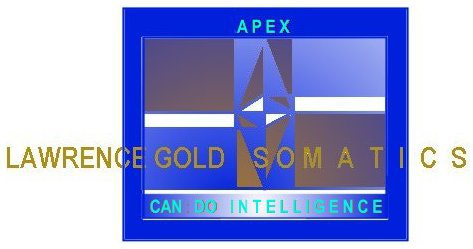QuestionAt T12-L1 right paracentral disc herniation and cephalad disc extrusion is present causing mild central canal narrowing on the right. The neural foramina appear widely patent.
At L2-L3 severe disc desiccation, flattening, and circumferential disc bulging with osteophytic ridging is present. There is superimposed posterior disc protrusion indenting the ventral thecal sac mildly. There is mild facet hypertrophy and endplate spurring towards the neural foramina. There is moderate left and mild right foraminal narrowing. There is mild central canal narrowing.
At L3-L4 severe disc desiccation, flattening, and circumferential disc bulging is present. There is superimposed posterior disc protrusion indenting the ventral thecal sac mildly. There is endplate and facet hypertrophy. There is mild right and moderate to severe left foraminal stenosis. There is mild central canal stenosis.
At L4_l5 there is mild disc desiccation and bulging. Prominent facet hypertrophy is present. Minimal central canal narrowing is present. There is mild foraminal narrowing as well.
At L5-S1 there is disc desiccation, flattening, and bulging. There is superimposed left paracentral disc herination and caudal disc extrusion compressing the left S1 nerve root. There is also endplate and facet hypertrophy towards the neural foramina causing moderate bilateral foraminal stenosis.
IMPRESSION:
1. Left paracentral disc herination and caudal disc extrusion at L5-S1 compressing left S1 nerve root.
2. Mild disc herniation and cephalad disc extrusion at YT12-L1.
3. Multilevel degenerative disc disease and bulging with superimposed mild disc protrusion at L2-L3 and L3-L4.
4. Facet arthrosis with grade 1 anterior subluxation of L4 upon L5.
5. Mulifocal central canal and foraminal stenosis as above.
Answer
 Lawrence Gold Somatics
Lawrence Gold Somatics
Hello, Elizabeth,
Of the array of findings in the IMPRESSION section, the first four result from back muscles chronically held too tight by involuntary postural reflexes. Such tension pulls vertebrae close together, compressing discs in between. The effects described in the radiologist's report follow.
Stenosis is a narrowing of the spinal canal from bone growth of the vertebrae, and is not always the cause of symptoms, particularly when the other conditions named are present.
The following pages explain more.
http://somatics.com/back_pain_terms.htm
http://somatics.com/chronic_back_pain.htm
The way out is to retrain your muscle/movement memory, as explained above.
With disc herniation, it's best to start gently.
Somatic exercises can help.
If you would like access, please write, again.


